Circasians: The Most Beautiful Women in the World
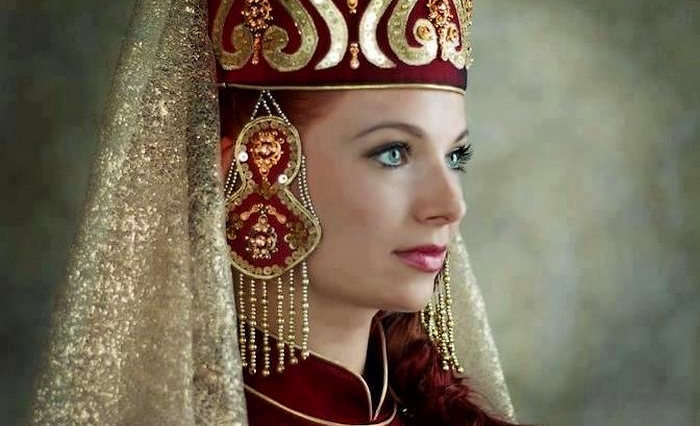
Hailing from the North Caucasus and the northeastern Black Sea coast, Circassians are an ethnic group historically famous for their alluring females. Many writers and travelers through the ages have described Circassians as the most beautiful women in the world.
In the Russo-Circassian War (1763–1864) the Circassians were expelled from their homeland by Tsar Alexander II, forcing 1.5 million to flee to the Ottoman Empire. This resulted in the death of approximately 400,000 Circassians, mostly from epidemics or accidents during the long journey to the Black Sea.
Long before this Diaspora, and for some time after it, these Circassians occupied an unusual place in the collective imagination of Europeans, Americans and Turks. Since the end of the medieval period Circassian girls were popular in trade as slaves, with many ending up in the harems of Ottoman and Persian rulers. The luxurious palaces of the sultans housed Georgians, Abkhazians and Circassians as concubines and odalisques. The imperial harem was famous for the extraordinary beauty of its maids, who were considered the most attractive in the Turkish-Ottoman Empire. The Circassians were often sent to the sultans court as gifts from the governors, bought in slave markets after being kidnapped or sold by impoverished parents. Many Georgian and Circassian families even encouraged their daughters to enter concubinage for the promise of a life of luxury and comfort, and many Circassians become favorite wives or consorts to the Ottoman sultans.

Day of mourning for the Circassians. May 21, 2011 in Istanbul, Turkey.
The charm was not limited to the Middle East, Cosimo de ‘Medici (ruler of Florence from 1429 to 1464) had an illegitimate son with a slave bought in Venice who was said to be Circassian. Poetic romance-descriptions of Circassian girls appear in Don Juan by Lord Byron (1818-1824), in which the story of a slave auction is related:
“Some went off dearly; fifteen hundred dollars For one Circassian, a sweet girl, were given, Warranted virgin. Beauty’s brightest colours Had decked her out in all the hues of heaven. Her sale sent home some disappointed bawlers, Who bade on till the hundreds reached the eleven, But when the offer went beyond, they knew ‘Twas for the Sultan, and at once withdrew.”
— Don Juan, canto IV, verse 114.

The Sultana Served by her Eunuchs, Painting by Charles Amedee Philippe van Loo.
Circassian woman, 1870s-80s.
“Of breathtaking beauty, big and bright eyes and everything that could constitute a Venus.” Was how the American traveler and writer Maturin Murray Ballou (1820-95) described the Circassian woman. Admired for their pale and translucent skin, delicate features, light eyes and hair, small waist, good posture and elegant behavior. The fame of these women inspired more than just literary achievement. There was scientific, such as Voltaire’s letter “On inoculation”, and even mercantile as many products began to be sold with an allusion to Circassians, such as the ‘Bloom of Circassia’ in London.
In the 1860s the showman P.T. Barnum exhibited women he claimed to be from Circassia. These “Circassians” were actually women from the countryside of the United States who had a more exotic appearance, which he exaggerated by styling them with afro haircuts. Barnum’s obsession originally led him to take advantage of the repercussions of the Circassian war to enter the slave market in Istanbul illegally. But failing in this quest to obtain Circassian slaves, the showman went on to look for women who could fake it for him.
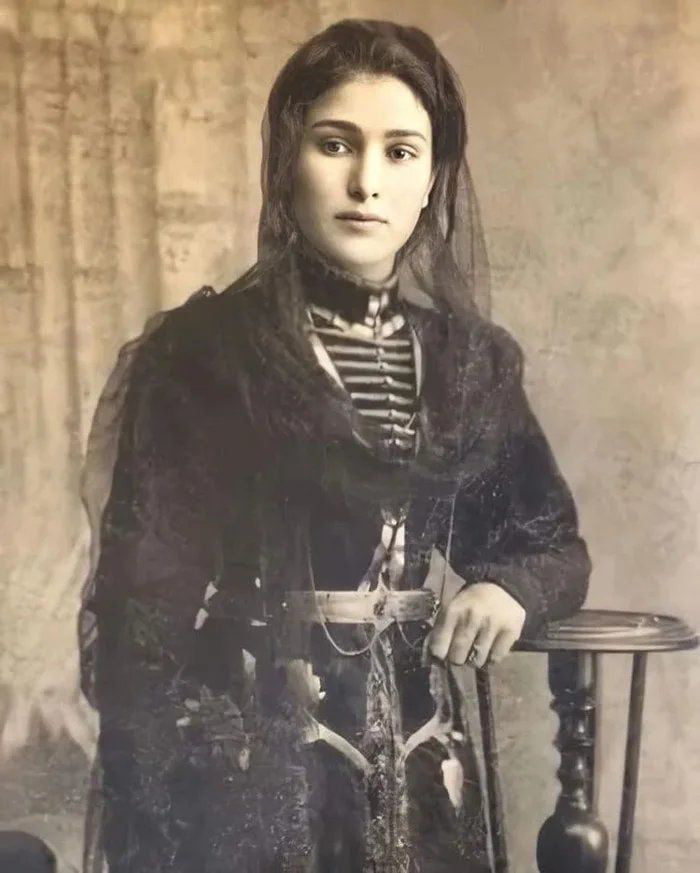
Circassian woman 1917.
Today Circassians live around the world in countries such as Turkey (with almost eighty percent of the community), Israel, Syria, Lebanon, United States and several European countries. Around ten percent live in the country formerly known Circassia, now divided into four administrative areas: The Republic of Adygea, Kabardino-Balkaria, Karachay-Cherkessia, and Krasnodar Krai.
I have decided to finish this article with a excerpt from the travel diary of Florence Nightingale, founder of modern nursing, who referred to Circassian women as “the most graceful and most sensual-looking creatures I have ever seen.” A little tribute to a people who have been denied their homeland and who struggle to maintain their traditions.

Elçin Sangu, Turkish actress from a Circassian family.









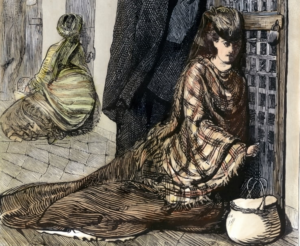
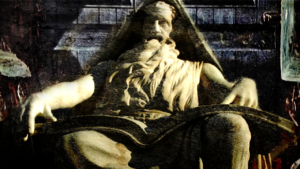
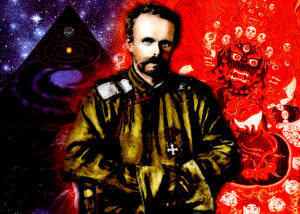
From a historical perspective,Circassian/Abjaz dispora,very similar to both Irish & Jewish dispora before,Buti Still,Circassia
has its own identity,and its history serves to enforce their sence of identity